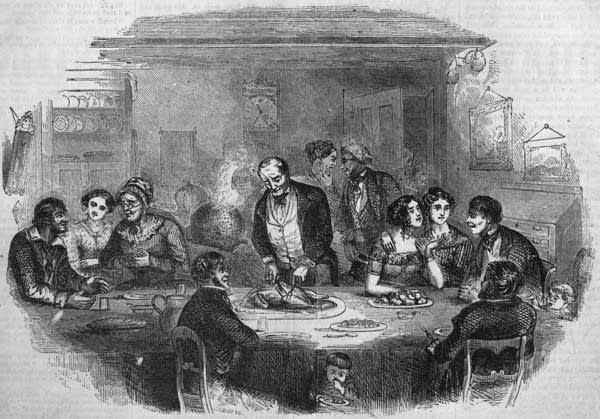Appetites: Five turkey tips every cook needs to know

Go Deeper.
Create an account or log in to save stories.
Like this?
Thanks for liking this story! We have added it to a list of your favorite stories.
The season of turkey is upon us and that means selecting the perfect turkey for the holiday feast.
Beth Dooley, author of "Minnesota's Bounty: The Farmers' Market Cookbook," shares her top tips for selecting the right bird and cooking it just right.
1) If you can, go free range
Free-range turkeys have a different quality of meat. It tends to be firmer and hold more of that turkey flavor. They will have larger legs and smaller breasts.
Turn Up Your Support
MPR News helps you turn down the noise and build shared understanding. Turn up your support for this public resource and keep trusted journalism accessible to all.
Even better is wild turkey, so if you know a hunter or are one, you're in luck. Age plays a factor in taste. Young hens are going to be less tough than an adult male, or tom. Their flavor is also closer to quail or duck — dark and a little gamy.
2) Know your bird
Wild turkeys take a lot of attention and basting. Heritage turkeys have lived outside all their lives and forge on grain, corn, bugs and grubs. As a result they're leaner and more muscular than domestic breeds. Same goes for wild turkeys. They need to be basted constantly and barded as well. Also they should be under-cooked slightly so they don't dry out.
3) Two is better than one
Cooking two smaller turkeys will yield better results than trying to cook one larger turkey. They cook more evenly and the white meat is less likely to dry out before the dark is fully cooked.
4) Prep: No brining or stuffing
Don't cook the stuffing in the turkey for sanitary reasons. There's a potential for bacteria to contaminate the stuffing, so cook it on the side.
Also, brining is a lot of work to just soften the meat. Instead, rinse and pat the skin the night before. Leave it in the fridge uncovered. Excess moisture will evaporate and help the skin crisp up while it cooks.
5) Cooking and cutting
Try the hot and fast method. Start the oven at 500 degrees and turn the turkey upside down on a roasting rack. Yes, upside down. This allows the bottom of the turkey to crisp up so it doesn't get soggy in the cooking process.
After 20 minutes, turn the bird right side up and reduce the heat to 375 degrees. Cook for 15 more minutes per pound. It should be around 165 degrees internally. A little less is fine because it will continue to cook as it rests.
Allowing the bird to rest before carving will give the juices a chance to be reabsorbed, giving the meat more moisture.
Dear reader,
Political debates with family or friends can get heated. But what if there was a way to handle them better?
You can learn how to have civil political conversations with our new e-book!
Download our free e-book, Talking Sense: Have Hard Political Conversations, Better, and learn how to talk without the tension.




